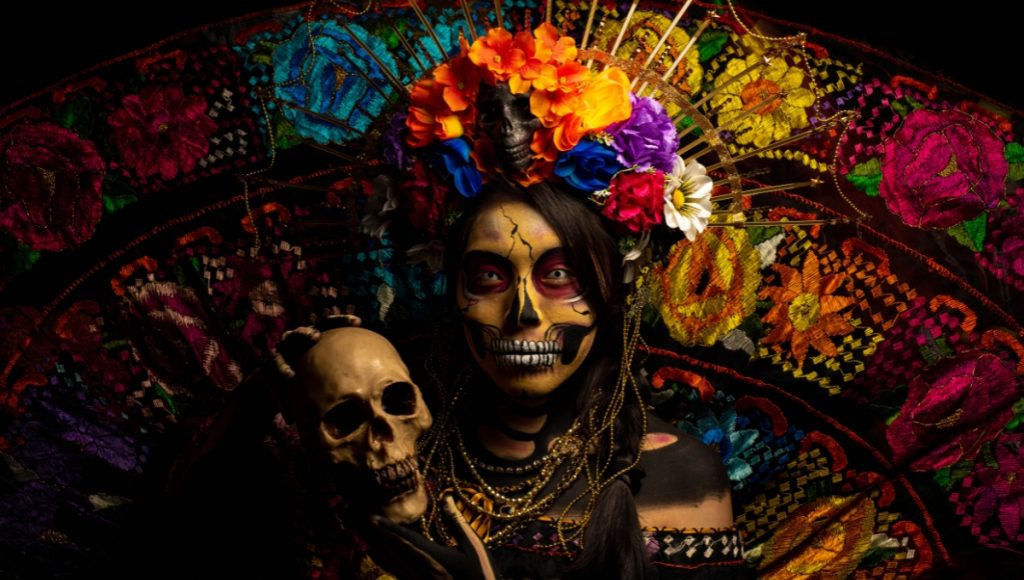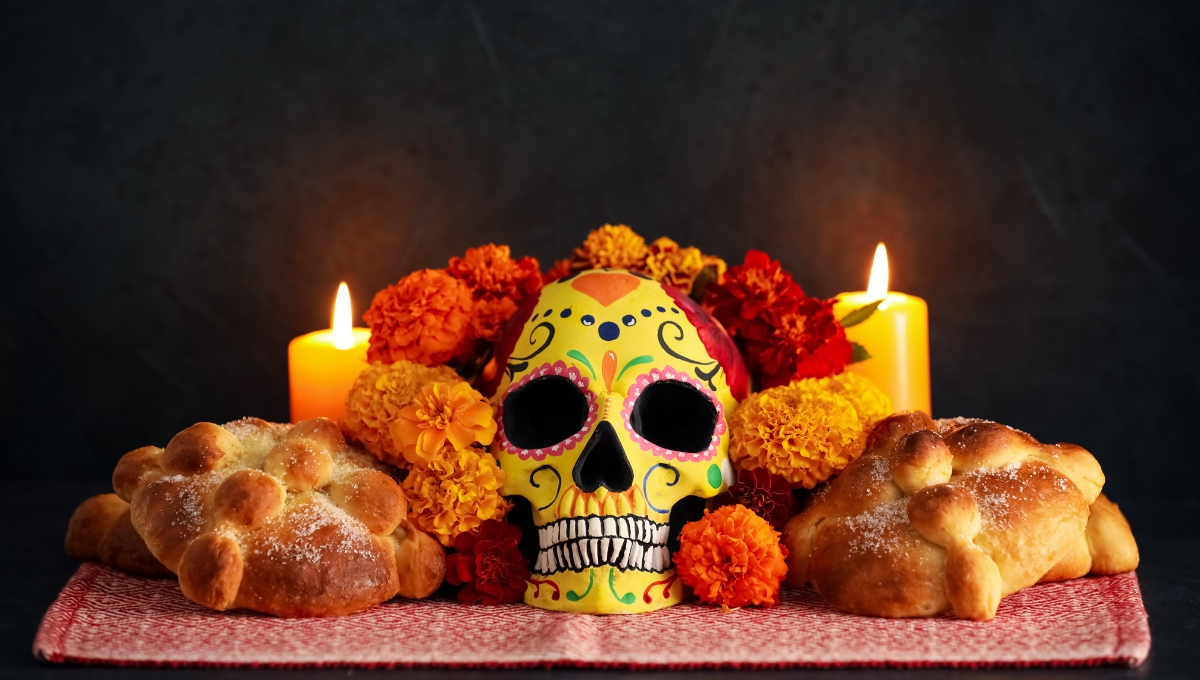In recent years, the lines between Day of the Dead and Halloween have blurred, giving rise to a fascinating cultural fusion. This transformation, driven by influences from both Mexican tradition and American popular culture, is reshaping the way people celebrate and honor the departed.
Day of the Dead, a sacred Mexican holiday, has long been cherished as a time to pay homage to the deceased. Celebrated on November 1st and 2nd, this tradition involves constructing altars adorned with offerings for the departed and adorning family gravesites to connect with the spirits of the dead. It’s a lively fiesta where communities come together to dance, play music, feast, and masquerade as death.
However, Day of the Dead wasn’t widely celebrated among Latinos in the United States until the 1970s and 1980s, when artists and activists introduced it as part of the Chicano movement. As the Latino community embraced the holiday, they worked hard to distinguish it from Halloween, primarily to combat misconceptions about its skull and skeleton imagery being associated with witchcraft.
From Political Statement to Fusion: The Evolution of Day of the Dead and Halloween in the 2000s
The declaration, “Day of the Dead is not Mexican Halloween,” gained traction in the ’90s, evolving into a political statement against the perceived cultural imperialism brought on by the North American Free Trade Agreement. Despite these efforts, the 2000s saw Halloween and día de los muertos merging in fascinating ways. Halloween candies, costumes, and decorations started to appear alongside traditional Day of the Dead items. Children began trick-or-treating during the Day of the Dead season, crying out “We want Halloween!”

Hollywood played a pivotal role in this fusion, with cemeteries hosting screenings of classic horror films, and día de los muertos celebrations embracing Hollywood-inspired costumes. The Great Day of the Dead parade, inspired by a James Bond movie, annually attracts over a million attendees, many dressed as iconic horror characters like Michael Myers.
Disney’s influence further blurred the lines between the holidays, with characters from movies like “Coco” becoming popular costume choices for both Halloween and Day of the Dead. The crisis of identity surrounding Day of the Dead is evident when it’s challenging to discern whether someone is wearing a Halloween or día de los muertos costume.
The fusion between these two holidays is happening across Mexico, transforming día de los muertos’s traditions and festive qualities. While some view this as pollution of a sacred tradition, it’s a testament to the adaptability of cultural traditions. Day of the Dead may continue to evolve, but its essence will persist, thanks to the unique influence of Halloween.
In conclusion, the coexistence and transformation of Day of the Dead and Halloween are a testament to the resilience and dynamism of cultural traditions in an interconnected world. As these celebrations continue to evolve, they remind us that culture is fluid and adaptable, reflecting the influences of time, place, and shared human experiences.

